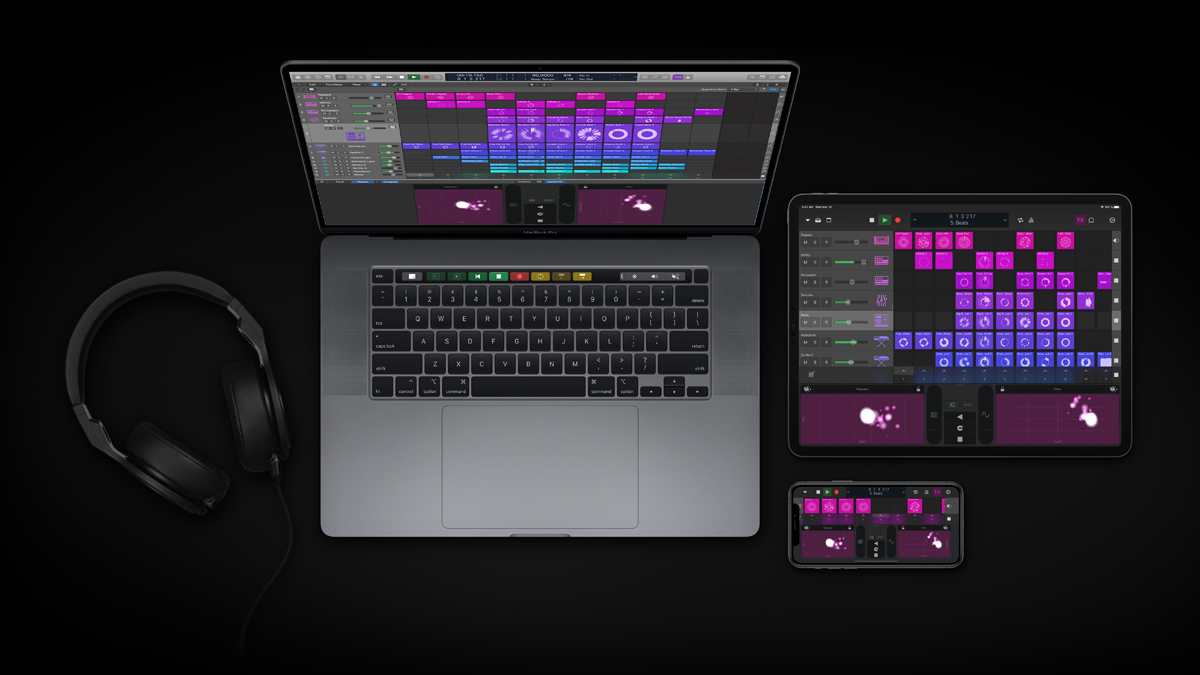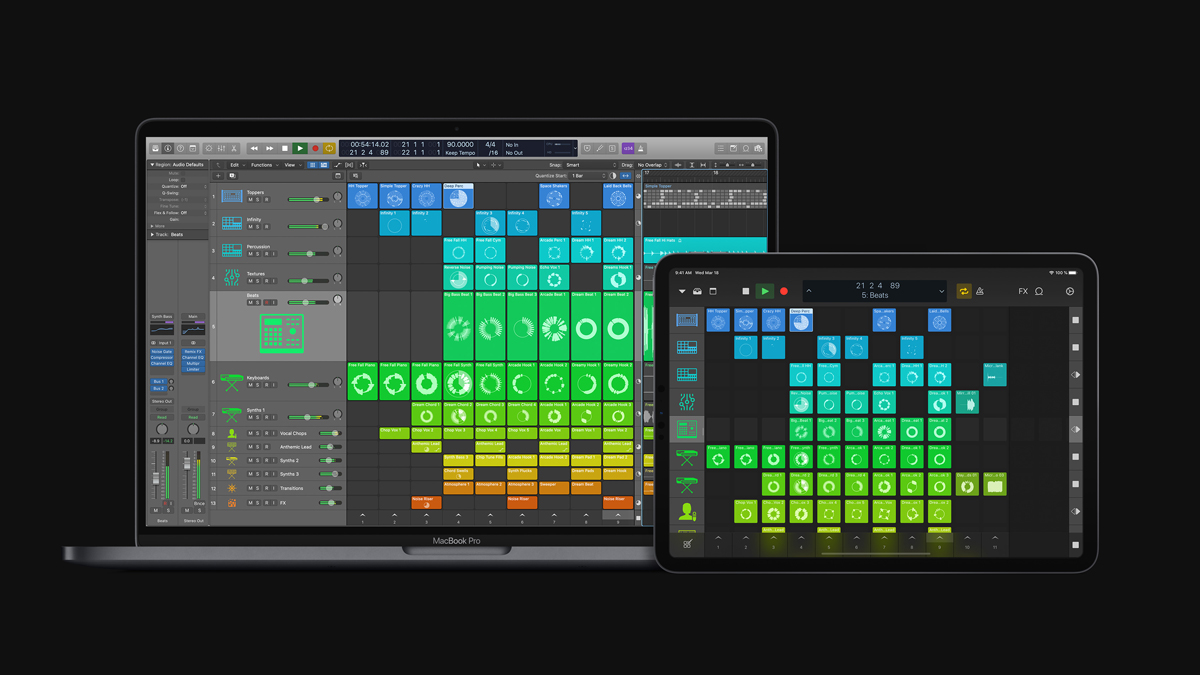5 things that music makers need to know about Apple’s switch from Intel to silicon processors
What does it mean for DAWs, plugins and the iPad Pro?

It may have been rumoured for a while, but Apple’s announcement that its set to transition from Intel processors to its own ARM-based silicon chips still feels like a landmark moment in the history of the Mac.
The news broke during the company’s WWDC20 keynote and, for musicians at least, immediately became the biggest talking point, dwarfing the launches of iOS 14, iPadOS 14 and even macOS Big Sur in terms of long-term importance.
What exactly are the key takeaways, though? Here’s what we know so far...
• The 10 best laptops for music production 2020
1. Your Intel Mac isn’t going to stop working
If you’ve just bought a new Mac - or are thinking of getting one soon - you can relax. The first Apple silicon Mac isn’t going to be released until the end of 2020 at the earliest, and the transition away from Intel chips is scheduled to take two years.
What’s more, Apple has confirmed that it’ll continue to support Intel Macs “for years to come,” and actually still has Intel Macs in development.
So, you can be reassured that you’re not going to be left high and dry any time soon.
Want all the hottest music and gear news, reviews, deals, features and more, direct to your inbox? Sign up here.
2. Your existing music apps should run on Apple silicon Macs
Obviously, when news like this breaks, compatibility issues are inevitably a concern, so it’s no surprise that Apple has chosen to address them right from the off.
The company says that, thanks to a translation technology known as Rosetta 2, existing apps that haven’t been updated to run natively on Apple silicon should still work, “including those with plugins”.
Of course, the proof of the pudding will be in the eating, and we’ll have to wait and see if all your DAW and instrument/effect plugins really will be supported, but at least Apple does have some experience in this area. It used a different Rosetta technology when it switched from PowerPC to Intel in 2006; Macs running these different processors co-existed for some time while the transition was made.

3. Developers can start working on Apple silicon apps now

The best iPads for musicians and producers 2020: top Apple tablets for music-making
During its keynote, Apple confirmed that Logic Pro X is already running as a Universal app - one that’ll work on Intel and Apple silicon Macs - and that developers can start the process of switching their own apps right now by applying to be part of the Universal App Quick Start Program.
This provides access not only access to documentation, forums support, beta versions of macOS Big Sur and Xcode 12 - the tools required to update apps, basically - but also development hardware that can be used to test performance. Specifically, this is a Mac mini containing Apple’s A12Z Bionic SoC, 16GB of memory, a 512GB SSD, and “a variety of Mac I/O ports”.
The cost to developers is $500, and the hardware must be returned.
4. iOS music-making apps will run on your Apple silicon Mac
Because the Mac will now be running the same kind of chipsets as the iPhone and iPad - as mentioned above, the development machines actually contain a version of the A12 chip that’s found in the current iPad Pro - your favourite mobile music-making apps will now work on your desktop. There’s also speculation that the AUv3 plugin format could be supported, potentially meaning that all those low-cost instruments and effects that you’ve got on your iOS device could soon run inside your main DAW.
This would be great news for consumers, obviously, though could be a bit of a headache for developers who’ve previously viewed the two platforms completely separately and priced their products differently. Could this mean that the price of iOS software will go up, or will the price of desktop software have to come down in order to compete? We’ll see.

5. The iPad Pro and Mac are getting closer
While they still appeal to different kinds of users, it’s inevitable that some people will start to view the Mac as ‘just’ an iPad Pro with a keyboard and mouse but no touchscreen. And we can certainly expect to see more full-fat music-making apps coming to the iPad: Logic Pro on a tablet is looking more likely, by the day, for example.
This could present Apple favouring musicians with an intriguing choice. Specifically, some may start to wonder if an iPad Pro could offer the best of both worlds: enough power to run Pro apps, and all the benefits of a touchscreen.



I’m the Deputy Editor of MusicRadar, having worked on the site since its launch in 2007. I previously spent eight years working on our sister magazine, Computer Music. I’ve been playing the piano, gigging in bands and failing to finish tracks at home for more than 30 years, 24 of which I’ve also spent writing about music and the ever-changing technology used to make it.